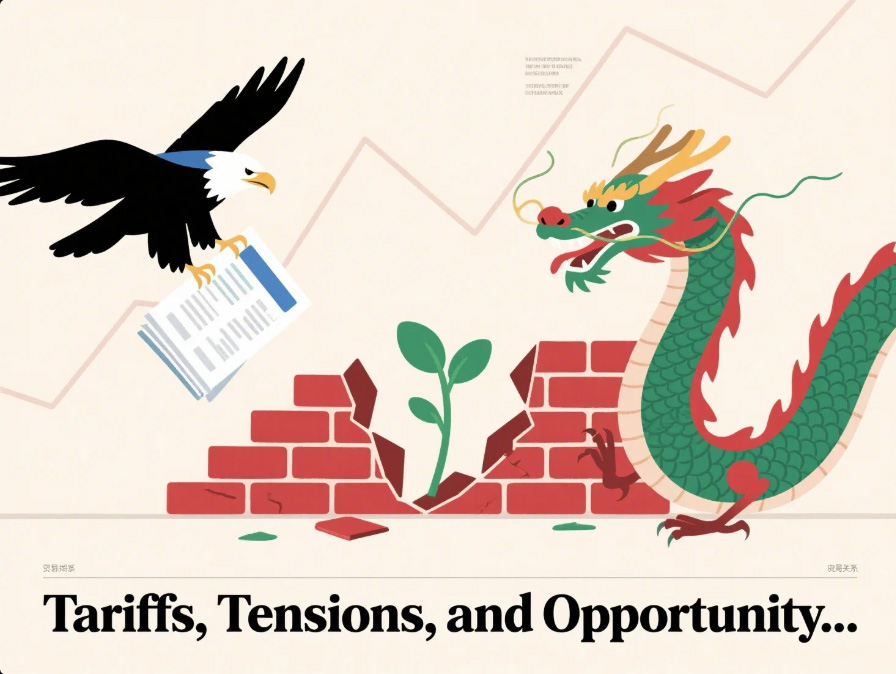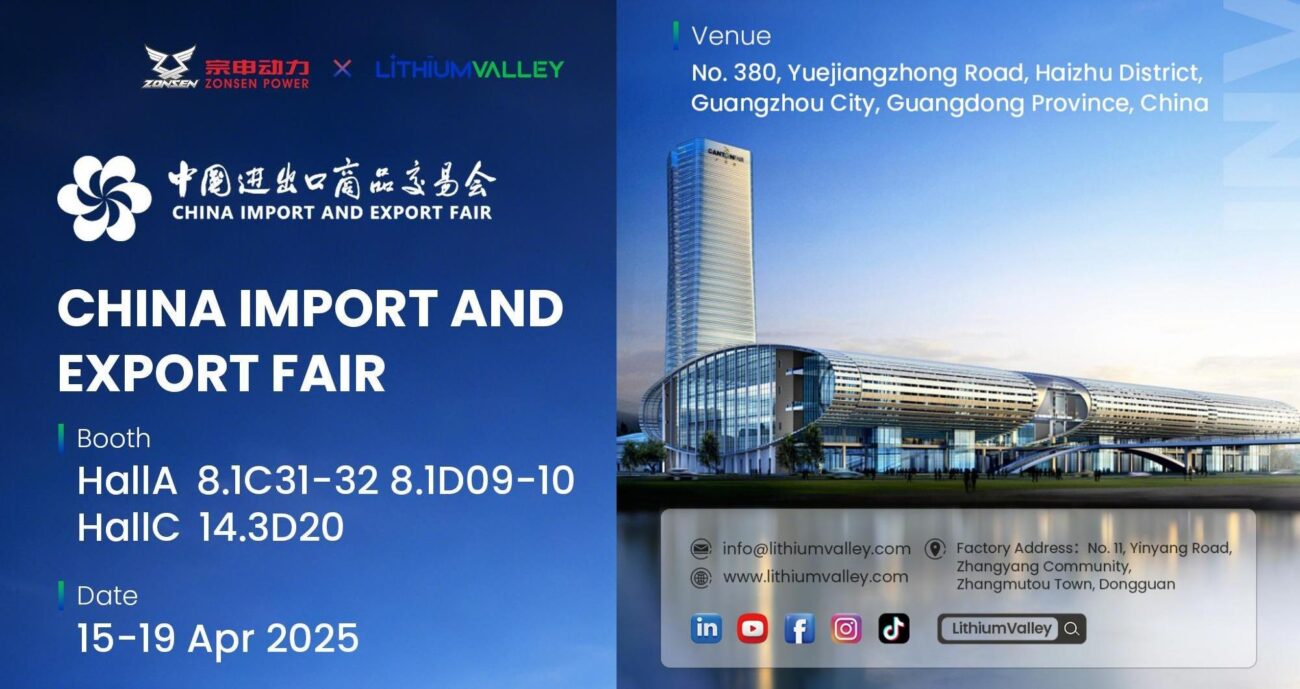Recent shifts in global trade policy have reshaped the landscape once again. On Wednesday afternoon, President Trump announced a 90-day suspension of newly imposed tariffs for all countries except China. This selective pause maintains a baseline tariff of 10% for most nations, while raising the duty on Chinese goods to 125%. These measures signal a deepening division in the global trade environment, with separate spheres emerging—particularly between the U.S. and China.
A Shifting Landscape with Global Implications
Increased Costs and Trade Disruptions
Trade between the U.S. and China is experiencing heightened friction, with tariffs reaching critical levels. Recent experiences from exporters show how quickly disruptions can occur: even when products are packed and shipments are ready, American buyers have canceled orders once the increased tariffs were applied. This demonstrates how rapidly additional costs can derail business plans and impact supply chains.
Alternative Supply Strategies
In response to these tariffs, some traders have sought to bypass direct tariff impacts by routing Chinese goods through third-party countries. However, increasing scrutiny from customs authorities on “country of origin” declarations is complicating these practices, making them less reliable and more difficult to execute effectively.
The Broader Picture for Non-U.S./China Markets
Widening Impact Beyond Bilateral Tensions
While the U.S.-China trade relationship is central to the current geopolitical landscape, the effects are being felt far beyond this bilateral exchange. Growing political and economic uncertainties are now impacting businesses worldwide, especially as industries face the risk of disrupted supply chains, rising costs, and shortages in critical sectors such as healthcare, consumer electronics, and industrial equipment.
A Tactical Opportunity Amid Uncertainty
For businesses outside the U.S. and China, this volatile environment presents a unique opportunity. The ongoing turmoil creates a window to stockpile essential goods—including products from both China and the U.S.—in order to buffer local markets against negative impacts. Additionally, the depreciation of the Chinese yuan offers potential for competitive pricing, making Chinese-manufactured goods especially attractive in the short term.
Proactive Steps for Global Buyers
Review Supply Chain Vulnerabilities
Now is the ideal time for businesses to assess their current supply chain vulnerabilities in light of recent tariff modifications and the possibility of further policy shifts. Identifying areas of exposure will help companies navigate the evolving landscape more effectively.
Diversify Sources
While the U.S. and China remain dominant producers in many sectors, diversifying product sourcing beyond these two countries can help mitigate risks and provide more stability. Exploring alternative suppliers will ensure businesses are not overly reliant on any single market, which is especially crucial during times of heightened trade tensions.
Stock Up While the Window Remains Open
In the face of ongoing tariff unpredictability, it is advisable to build up stock, particularly of high-quality Chinese and American goods. Doing so could provide a buffer against future price hikes and supply chain disruptions. Additionally, with the Chinese yuan currently depreciating, securing Chinese products at a lower cost may present a strategic advantage in the short term.
Engage in Global Trade Events
For those looking to expand their supply channels and secure products at competitive prices, events such as the Canton Fair (Phase 1: April 15–19, 2025) offer a valuable opportunity. This expo provides direct access to a wide range of products at pre-tariff prices, along with the chance to cultivate long-term relationships with manufacturers who can support diversified procurement strategies.
Conclusion
As trade tensions between the U.S. and China persist, the ongoing decoupling between these two superpowers creates a strategic opportunity for global buyers outside their sphere. The current environment, marked by selective tariff suspensions, rising tariffs on Chinese goods, and currency fluctuations, offers a chance to take decisive action. By diversifying supply sources, stockpiling essential products, and actively participating in global trade expos such as the Canton Fair, businesses can better navigate volatility and safeguard their margins in an increasingly fragmented global market.
In times of uncertainty, proactive steps taken now can serve as the best hedge against future disruptions. Global buyers are encouraged to reassess their supply chains, capitalize on current market conditions, and view this moment as a pivot point for securing steady growth amid ongoing global trade turbulence.

























.png)
.png)
.png)
.png)





